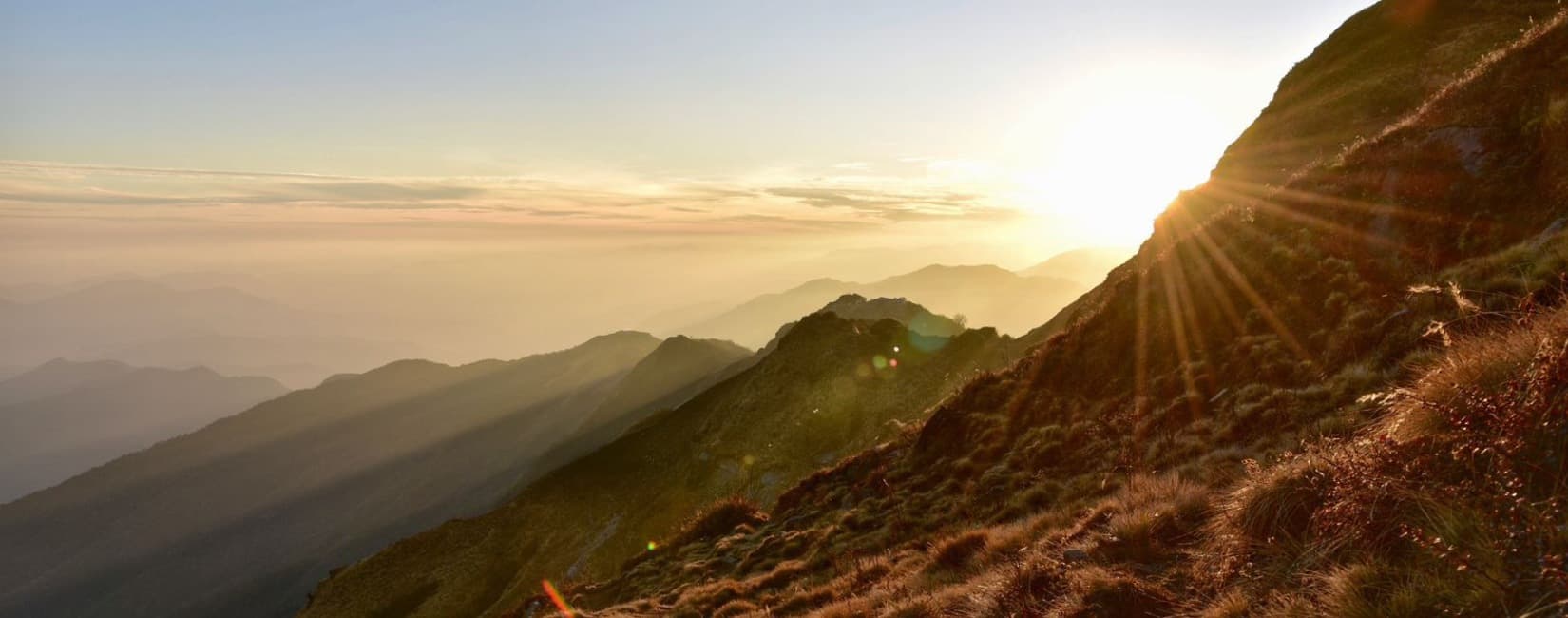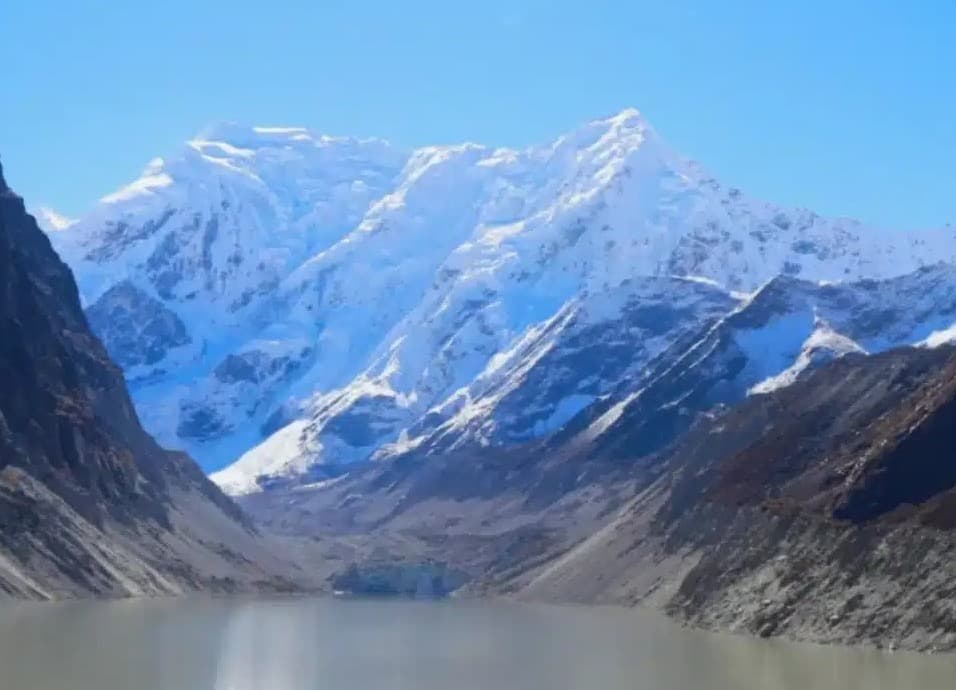Nepal is moving to digitally register and track foreign visitors more closely than before. The Department of Immigration has posted an urgent notice about rolling out the Foreign Nationals Registration and Tracking System (FNRTS), and local media report the system will be enforced from September 17, 2025. The aim is better security, cleaner data, and smoother visitor management.
Below, Heaven Himalaya breaks down what’s changing, what’s not changing, and what visitors, guides, and partners should do right now.

The Short Version
-
What’s happening: Nepal will begin using a Foreign Nationals Registration & Tracking System (FNRTS) to electronically register and monitor foreign visitors.
-
Why now: This builds on Nepal’s multi-year push to digitize immigration—such as ETA/e-Visa and online payments introduced in 2024—and on earlier Home Ministry directives asking districts to track foreign nationals’ movements where permits are required.
-
What it might involve: Government sources and industry coverage indicate electronic registration at entry and more consistent identity and movement records during a visitor’s stay. Details will be finalized in official Department of Immigration guidance.
The Bigger Picture: How We Got Here
Digitizing the border
In 2024, Nepal launched ETA/e-Visa capability and online payments—a milestone in replacing paper queues with a modern, auditable pipeline. FNRTS looks like the next step, tying the entry process to a more comprehensive record of a visitor’s presence.
Earlier direction to “track movement”
In April 2024, the Ministry of Home Affairs directed all 77 District Administration Offices to crack down on unpermitted activities and track the movement of foreign nationals inside the country when permits are required—signaling that more systematic monitoring was coming.
Existing activity-specific tracking (trekking)
Nepal already runs the Trekkers’ Information Management System (TIMS) for safety and search-and-rescue: trekkers must register and carry a TIMS card (now largely e-TIMS). FNRTS won’t replace trekking permits; it complements them by improving the immigration-side record.
What Will Change for Travelers?
At the border: Expect electronic registration tied to your visa/ETA. Nepal Immigration already uses biometrics at Tribhuvan International Airport—fingerprints, photo, and iris—to verify identity against government records. FNRTS formalizes consistent digital records of who entered, when, and under which status.
During your stay: Reporting suggests FNRTS focuses on registration and monitoring rather than restricting normal tourism. For special activities (e.g., trekking), you’ll still need the right permits (TIMS, conservation/park permits, or restricted-area permits) and a licensed guide where required.
Privacy & data: The legal foundation for immigration control remains the Immigration Act, 2049 (1992) and Rules, 2051 (1994). FNRTS is an administrative system operating within these laws. Expect standard identity data (and existing biometrics at ports of entry) to be part of compliance; watch official notices for data retention and user-rights specifics.
What’s Not Changing
- Visas & entry points: Visa categories, fees, and designated entry/exit points remain governed by the Immigration Act/Rules and Department of Immigration procedures, including ETA/e-Visa where applicable.
-
Trekking permits: TIMS and other trekking permits continue as before. FNRTS doesn’t replace area-specific permits or guide requirements.
Practical Steps (Travelers)
- Apply early: If eligible, use ETA/e-Visa so your details are already in the pipeline before you fly.
- Carry your documents: Passport, visa/ETA approval, hotel address, and guide/agency contact.
- For trekking: Obtain e-TIMS and all park/restricted permits via a licensed agency (like Heaven Himalaya).
- At the airport: Be ready for biometric capture, it’s standard.
- Stay contactable: Keep your WhatsApp/email active and SIM registered as required by telecom rules; agencies and authorities may need to reach you for safety or verification.
Practical Steps (Partners & Operators)
-
Audit guest onboarding: Ensure passport scans, visa references/ETA numbers, and contact details are captured cleanly at booking and reconfirmed at check-in.
-
Sync with permits: Map tour days against required TIMS/park permits and hold digital proofs on file.
-
Train staff: Brief guides and airport handlers on FNRTS basics: what it is, what documents guests should have, and how to escalate edge cases to immigration desks.
-
Watch official notices: The Department of Immigration will publish implementation specifics and any traveler instructions prior to enforcement.
FAQs
Is Nepal “tracking every movement” in real time?
Official language focuses on registration and monitoring for compliance and safety. There’s no public guidance promising GPS-style live tracking of tourists; expect administrative records and checks tied to immigration status and specific permitted activities (like trekking).
Will this delay arrivals?
Not necessarily. Nepal’s broader digitization (ETA/e-Visa, online payments) aims to reduce bottlenecks. Arrive prepared with documents to keep lines moving.
What about privacy?
Immigration already lawfully collects identity data and biometrics at ports of entry. FNRTS sits within the Immigration Act/Rules framework; any new data practices should be reflected in official notices.
How does this relate to trekking rules?
Separate system. TIMS (plus area permits and guide rules) remains the tool for trail safety and accountability; FNRTS is about immigration-level registration/records.
How Heaven Himalaya Can Help
As FNRTS rolls out, Heaven Himalaya will:
-
Pre-check your ETA/e-Visa status and documentation,
-
Arrange all trekking permits (e-TIMS, park/restricted permits), and
-
Keep you informed with any official updates that affect your trip.

Planning to visit soon or updating your group’s paperwork? Email [email protected] or WhatsApp +977-9851273867, we’ll make it seamless.











